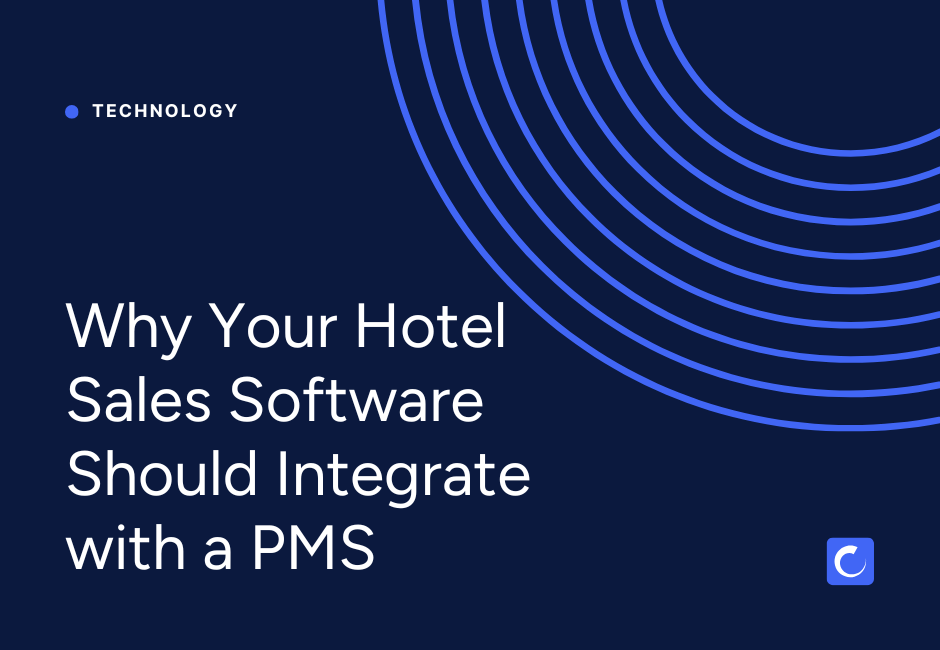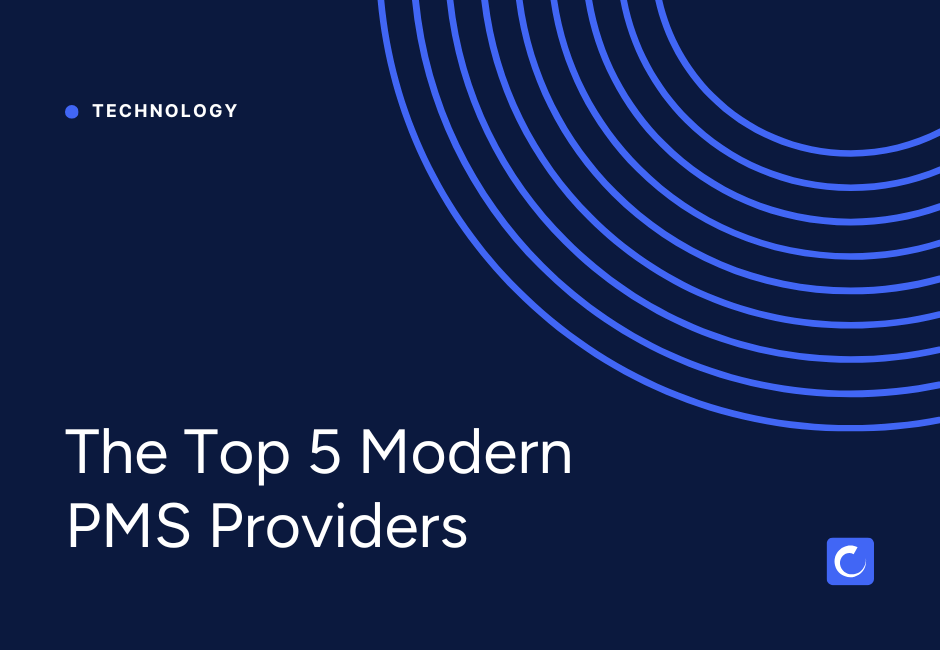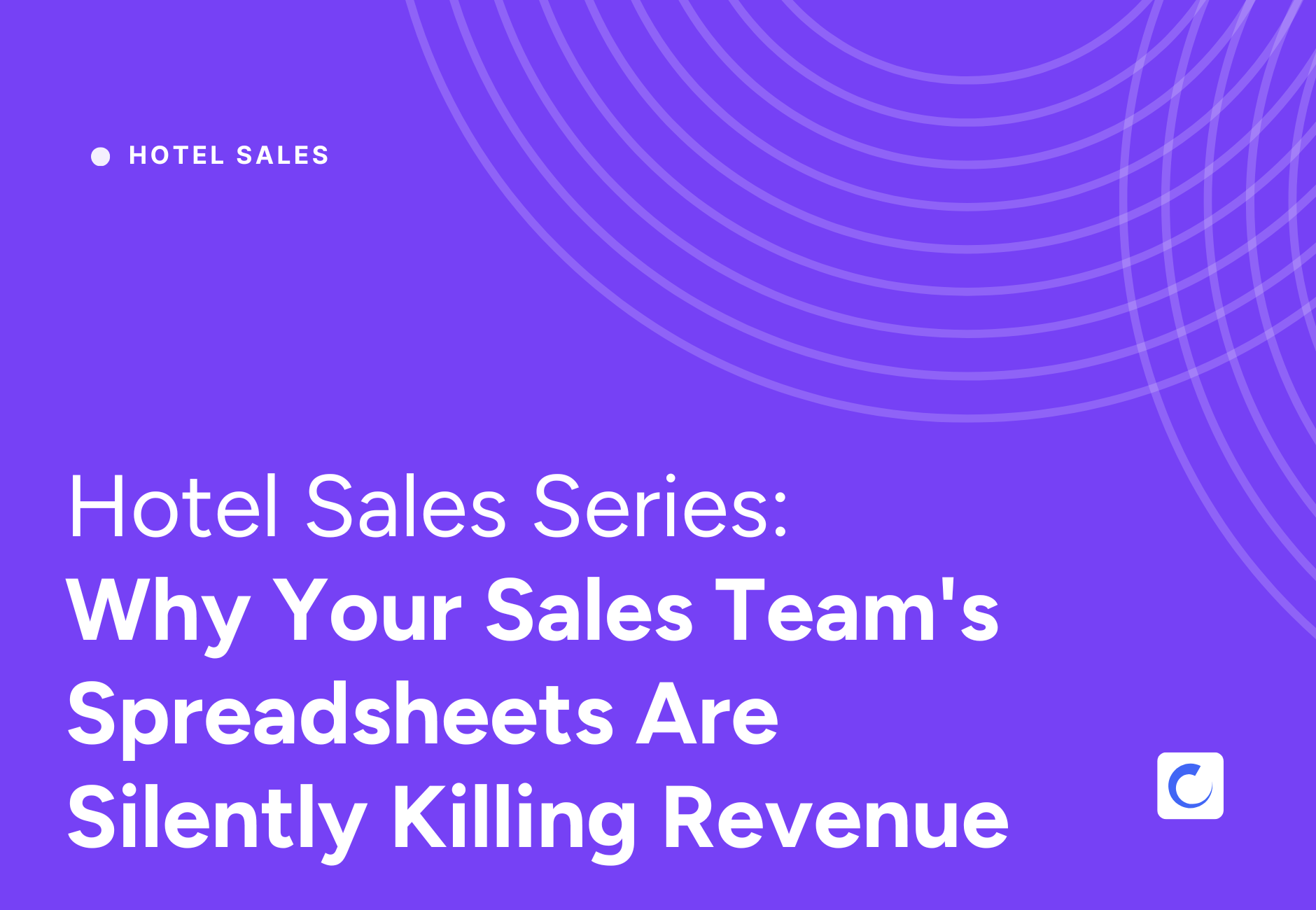.jpeg)
Let’s talk about ADR. No, it’s not some confusing finance term—ADR stands for Average Daily Rate, a critical metric every hotel needs to master. In simple terms, A hotel's ADR (Average Daily Rate) is a measure used to calculate the average rate paid for a hotel room over a given period of time. It is calculated by dividing the total revenue from room sales by the total number of rooms sold. ADR is used to help analyze the performance of a hotel and can be used to compare hotels in the same market. Whether you run a luxury resort or a budget-friendly motel, understanding ADR can help you stay competitive, boost revenue, and keep your rooms filled with happy guests. Let’s dive in:
What is ADR in Hotels?
Simply put, ADR stands for Average Daily Rate. It’s a key metric hotels use to figure out how much they’re making, on average, from each room per day. Think of it like this: ADR tells you the average amount of money a guest pays for a night’s stay. The formula is straightforward:
ADR = Total Room Revenue / Total Number of Rooms Sold.
Let’s break it down with a quick example:
- Example 1: Say your hotel pulls in $3,600 in room revenue on a particular day, and you’ve sold 20 rooms. Your ADR would be:
$3,600 ÷ 20 rooms = $180 per room. - Example 2: Imagine your hotel makes $15,000 in total room revenue over a weekend (3 days), and you sold 100 rooms in total. Your ADR would be:
$15,000 ÷ 100 rooms = $150 per room. - Example 3: Let’s say during a busy holiday season, your hotel earns $50,000 over 5 days, selling 200 rooms. Using the ADR formula:
$50,000 ÷ 200 rooms = $250 per room.
As you can see, the ADR gives you a clear idea of how much revenue each room is bringing in on average, helping you assess whether your pricing is on point, and whether there’s room (pun intended) for optimization.

Why is ADR Important in Hotel Management?
So, now that we’ve covered what ADR is, let’s dive into why it’s such a big deal for hotels. ADR helps you figure out if your pricing strategy is working—are you charging too much? Too little? It gives you a clear view of your hotel’s revenue health and shows if your rates are competitive. If you’re consistently tracking your ADR over time, you can tweak your prices based on things like seasonality, local events, or market conditions to stay ahead of the game.
For instance, Laura Baxter, the director of Hospitality Analytics for CoStar Group in Canada, explains that while occupancy rates might fluctuate in 2024 due to economic challenges, ADR is expected to grow by 4.9% by the end of the year. That’s a big jump! Despite inflation and rising costs, hotels are managing to maintain their pricing power, largely thanks to dynamic pricing strategies. This means adjusting rates in real-time based on demand—whether it’s a holiday weekend or a quiet weekday, your ADR can flex to reflect those shifts. More trends and statistics here.
So yeah, ADR isn’t just a number—it’s a powerful tool that helps you keep up with market changes, make smart pricing decisions, and ultimately, bring more revenue through the door.
How ADR Varies Across Hotel Segments
Not all hotels are created equal—and neither are their ADRs. A hotel’s ADR can be influenced by several factors, including its class (luxury vs. budget), location, and even the length of stay. Let’s break it down:
- Luxury Hotels:
Luxury hotels tend to have the highest ADRs because they offer premium services and amenities. Think of high-end perks like spas, gourmet dining, personal concierge services, and infinity pools. These hotels are able to charge more because guests are willing to pay for the enhanced experience and exclusivity. For instance, a luxury hotel in a major city like Paris or New York might have an ADR well over $500 per night, especially during high-demand seasons or major events. Guests expect more and are ready to pay a premium for it. - Mid-Range Hotels:
Mid-range hotels, such as boutique properties or well-known chains like Marriott or Hilton, offer a balance of comfort and cost. Their ADRs are usually lower than luxury hotels but higher than budget accommodations. These hotels attract a broader audience, from business travelers to families, and often adjust their rates based on demand. A mid-range hotel in a tourist hotspot like Los Angeles might have an ADR around $200-$300 per night, but this rate can fluctuate depending on local events or holidays. - Budget Hotels:
Budget hotels or economy chains like Motel 6 or Super 8 have a lower ADR because they focus on offering basic accommodations at affordable rates. These hotels appeal to cost-conscious travelers who are more concerned with value than luxury. Their ADRs may hover between $50 and $100 per night. While they don’t offer high-end amenities, they fill a niche for travelers looking for the essentials at a lower price point. - Extended-Stay Hotels:
These hotels cater to guests staying for longer periods, such as business professionals or relocating families. Their ADRs are generally lower because guests book rooms for weeks or months at a time, so the per-night cost decreases. However, extended-stay hotels make up for the lower ADR by having consistently occupied rooms, often leading to a higher overall revenue. A hotel like Residence Inn by Marriott might offer rates closer to $120 per night, but because guests stay for longer periods, they generate more stable income
.jpeg)
How to Increase ADR in Hotels: Simple Strategies
So, you’re wondering how you can boost your hotel’s ADR, right? Don’t worry—there are a few tried-and-true strategies that can make a significant difference. Let’s dive into some practical ways to give your ADR a bump, along with real-world examples of how they work.
1. Upsell Your Services
Upselling is one of the easiest ways to increase your ADR. By offering room upgrades, special packages, or add-ons like spa treatments, meals, or in-room amenities, you can encourage guests to spend more during their stay.
- Example:
Let’s say you run a boutique hotel, and a guest books a standard room for $150 per night. At check-in, you offer an upgrade to a suite for an extra $50 per night. If the guest takes the upgrade, your ADR for that room jumps to $200 per night. Now, if 20% of your guests accept these upsells, you’ll see a noticeable boost in your overall ADR. - Pro Tip: You can also bundle packages to upsell, such as a "Romantic Getaway" package that includes champagne, chocolates, and a room upgrade for an additional fee.
2. Implement Loyalty Programs
Loyalty programs are a fantastic way to increase guest spend while encouraging repeat visits. When guests feel valued and are rewarded for their loyalty, they’re more likely to spend on additional services, book higher-tier rooms, and stay longer.
- Example:
Consider a hotel chain like Marriott. Their Bonvoy loyalty program offers exclusive member rates, room upgrades, and special perks. Repeat guests often use their loyalty points to upgrade to premium rooms or access exclusive amenities like lounges or free breakfast. Over time, this increases their average spend per night, thereby increasing the ADR for those guests. - Pro Tip: Offer tiered rewards to encourage guests to aim for higher tiers, which often come with benefits like discounted spa services, room upgrades, or late checkouts—further increasing their overall spending.
3. Use Dynamic Pricing
Dynamic pricing is all about adjusting room rates based on demand, season, and local events. Hotels can charge higher rates during peak times and lower them during slow periods to maximize occupancy and ADR.
- Example:
Imagine you manage a hotel in a ski resort town. During the ski season, you notice an uptick in demand on weekends, especially during holidays. By implementing dynamic pricing, you increase your room rates by 25% on weekends and by 40% over the Christmas holiday. So, if your base rate is $200 per night, dynamic pricing could push that rate to $280 during peak holiday times, significantly raising your ADR during those periods. - Pro Tip: You can use tools like revenue management systems (RMS) that analyze booking trends, competition, and demand in real-time, automatically adjusting your rates for optimal ADR performance.
4. Enhance Guest Experience
Guests are willing to pay more when they know they’ll receive a premium experience. By investing in top-notch services, room upgrades, and unique amenities, you can increase the perceived value of your property, allowing you to charge more without deterring guests.
- Example:
Take The Ritz-Carlton, known for its outstanding guest service. Guests are greeted with personalized service, luxury amenities, and attention to every detail. As a result, the hotel can charge a premium price, with rooms often going for $500+ per night, far above the market average. The key here is the experience, which justifies the higher ADR. - Pro Tip: Focus on adding small touches that enhance guest satisfaction, such as personalized welcome notes, upgraded linens, or exceptional in-room dining. These improvements can make guests feel like they’re getting more for their money, allowing you to increase room rates.
5. Create Special Packages or Events
Offering curated packages or hosting special events can be a great way to attract guests and raise your ADR. Packages that combine accommodations with experiences or exclusive access to events add value and encourage higher spending.
- Example:
A beach resort might offer a "Summer Getaway Package" that includes a 3-night stay, breakfast, a sunset cruise, and a spa treatment for $1,200. If the room-only rate is $300 per night, the package boosts the ADR to $400 per night, thanks to the added experiences. - Pro Tip: Partner with local businesses (like tour companies or restaurants) to create exclusive experiences for your guests. Not only does this make your hotel more attractive, but it also justifies a higher room rate.
ADR vs. RevPAR: What's the Difference?
Ah, the age-old question. If you’ve been wondering about this, you’re not alone.
ADR tells you how much money you’re making per room that’s sold, but RevPAR (Revenue per Available Room) takes it a step further. RevPAR factors in not just the rooms you’ve sold, but also the ones that stayed empty. It’s calculated by multiplying your ADR by your occupancy rate, or by dividing your total room revenue by the total number of rooms available (whether they were sold or not).
So, while ADR focuses on room rate, RevPAR is all about total revenue efficiency. A hotel could have a high ADR, but if it’s not filling its rooms, its RevPAR might be lower than expected.
Best Practices for Using ADR in Hotel Revenue Management
Let’s talk strategy. You can’t just set your ADR and forget it. Successful hotels use ADR as part of their broader revenue management approach, tweaking prices based on demand, competitors, and market trends. Here are a few best practices:
- Data is your friend. Regularly analyze your ADR against your competitors to see if you’re leaving money on the table.
- Track seasonality. Adjust your rates to maximize revenue during peak seasons and fill rooms during slow periods.
- Use tech tools. Invest in property management systems (PMS) or revenue management software to automate pricing changes and optimize your ADR.
Factors That Impact ADR in Hotels
So, what influences a hotel’s ADR the most? A few key factors:
- Hotel Class: Luxury hotels have higher ADRs than economy hotels.
- Location: A hotel’s geography has a huge impact on ADR (big city vs. small town).
- Room Type: Suites or upgraded rooms command higher rates, boosting ADR.
- Seasonality: Prices fluctuate during high demand periods, raising the ADR.
- Guest Demographics: The type of guests you attract—business travelers vs. vacationers—can affect your ADR
.jpeg)
Avoiding Common ADR Mistakes
Many hotels make the mistake of focusing solely on ADR without considering the bigger picture. Here are some common pitfalls to watch out for:
- Overemphasizing ADR. A high ADR is great, but if it’s driving your occupancy down, it’s not helping.
- Ignoring RevPAR. Remember, RevPAR gives you a fuller picture of your revenue performance.
- Pricing too high. You don’t want to price yourself out of the market—guests will just go elsewhere.
ADR FAQ Time!
What does ADR mean in hotels?
ADR stands for Average Daily Rate, which is a measure of the average room rate paid per room sold over a given period.
What is the difference between RevPAR and ADR?
ADR tells you the average price paid per room sold, while RevPAR (Revenue per Available Room) accounts for both your occupancy and your room rate. RevPAR gives a more comprehensive view of your hotel’s revenue performance.
What is the difference between APR and ADR?
APR (Annual Percentage Rate) usually refers to interest rates in finance, not hotel pricing, so it’s unrelated to ADR.
What is the difference between ARR and ADR?
ARR (Average Room Rate) is sometimes used interchangeably with ADR, but technically, ARR can include promotional rates or discounts. ADR is a more precise metric focused only on actual room rates paid, excluding free stays or heavy discounts.
And there you have it! A complete breakdown of ADR in hotels. Whether you’re managing a luxury resort or a cozy bed-and-breakfast, understanding and optimizing your ADR can help you maximize revenue and keep your pricing strategy sharp.



